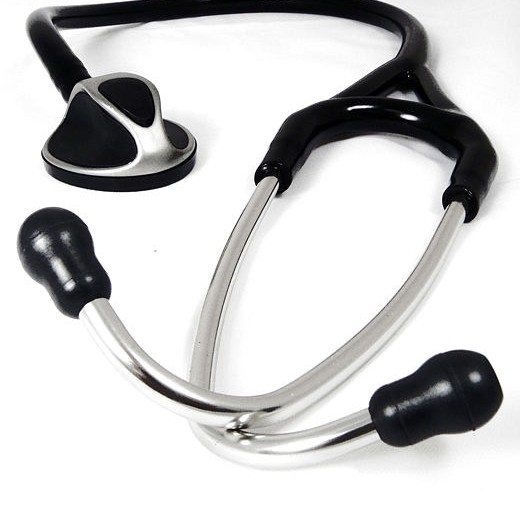BYOD trend to drive growth in telehealth

Smartphone and tablet boom will help increase remote healthcare
Alongside BYOD trends in the workplace, the consumerisation of IT is also expected to impact remote healthcare in a big way.
Telehealth, the means of patients remotely using technology using mobile devices, has seen increasing use, but has been slow to take off on a large scale.
Among the reasons for this are the tight regulations for the use and storage of data and problems with reimbursement for managed systems. But just as BYOD is increasingly becoming acceptable for medical staff, it is expected that the same will happen for patients with remote healthcare, allowing them to have their health monitored from a distance and cut down on medical costs.
According to IMS Research, a boom in remote healthcare will be driven by an increase in consumer devices. This will be driven by the popularity of smartphones alongside software and cloud services such as Microsoft’s HealthVault.
More than 50 million wireless health monitoring systems are expected to ship for consumer monitoring applications during the next five years, with a decline in the number used for managed telehealth care.
Medical devices bought by the consumer themselves will account for 80 percent of all wireless enabled consumer medical devices in 2016.
“The increase in consumer familiarity with mobile applications as well as an increased awareness of the importance of monitoring health levels is driving the market for connected health devices,” IMS senior analyst Lisa Arrowsmith said.
“Many consumers already utilise smartphone apps to track their own health and fitness results, with devices such as activity monitors and heart-rate monitors.
“Now, there is increasing availability of health-related peripheral devices such as blood pressure monitors to track and upload information in real time via a wireless or wired connection to devices such as smartphones and tablets,” Arrowsmith said.